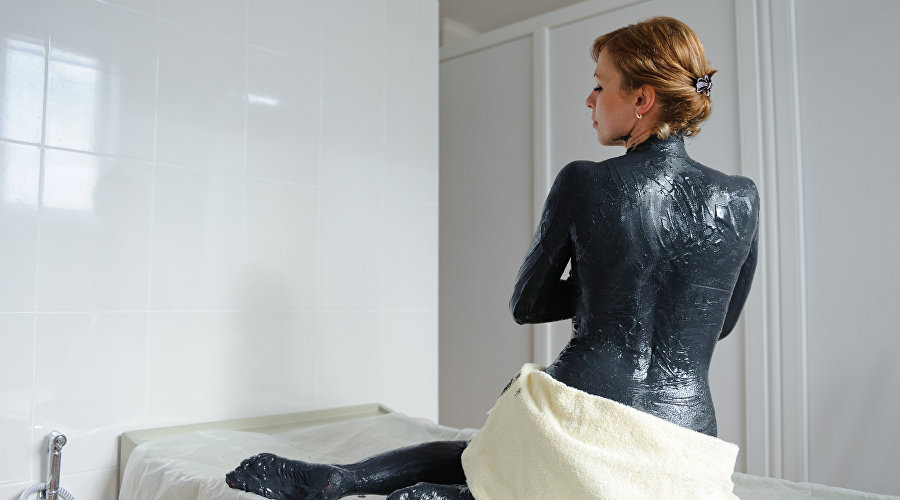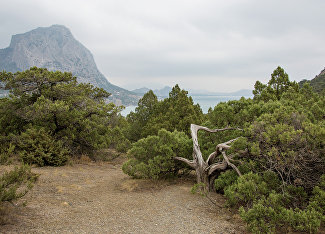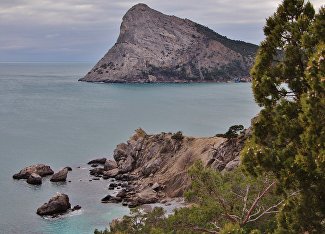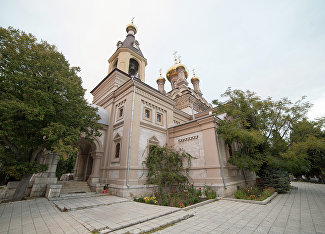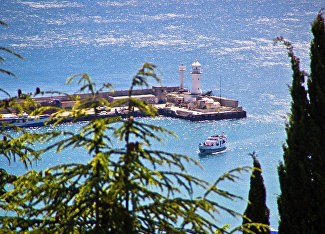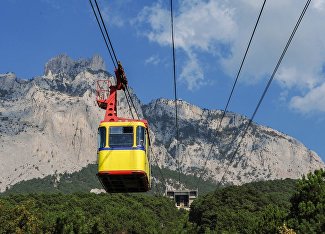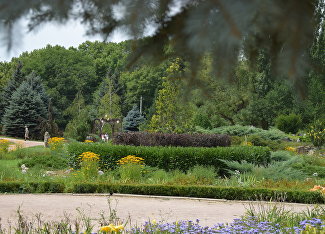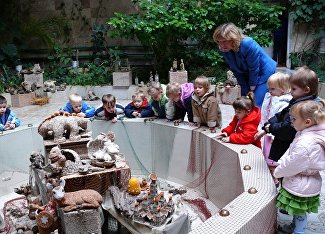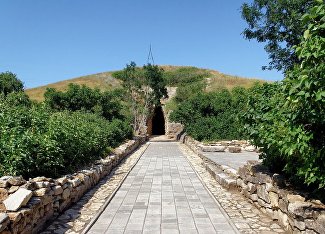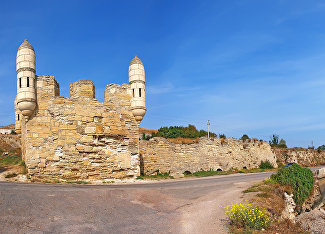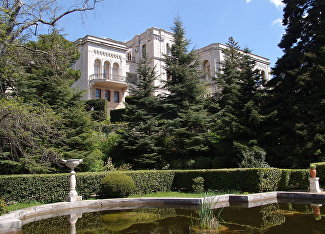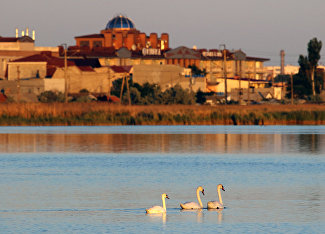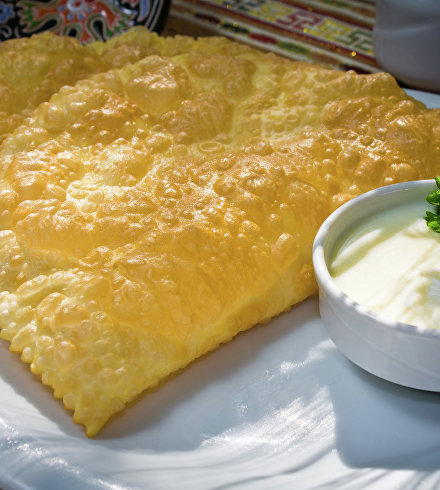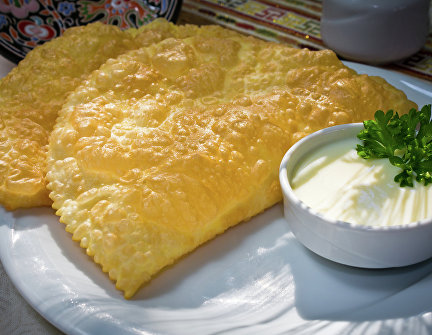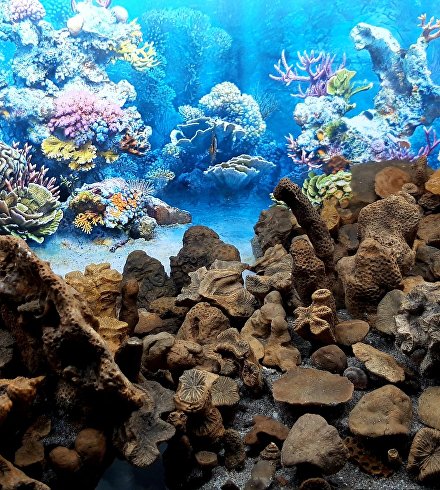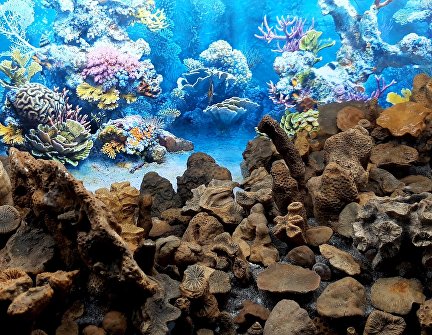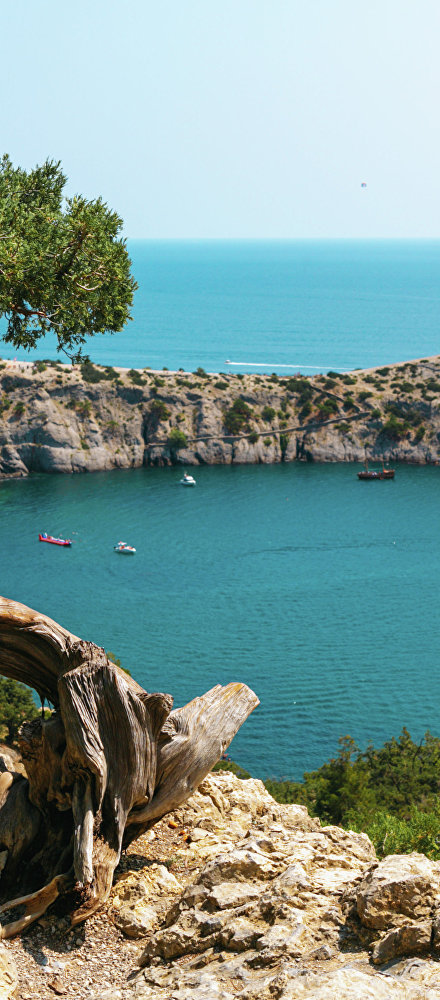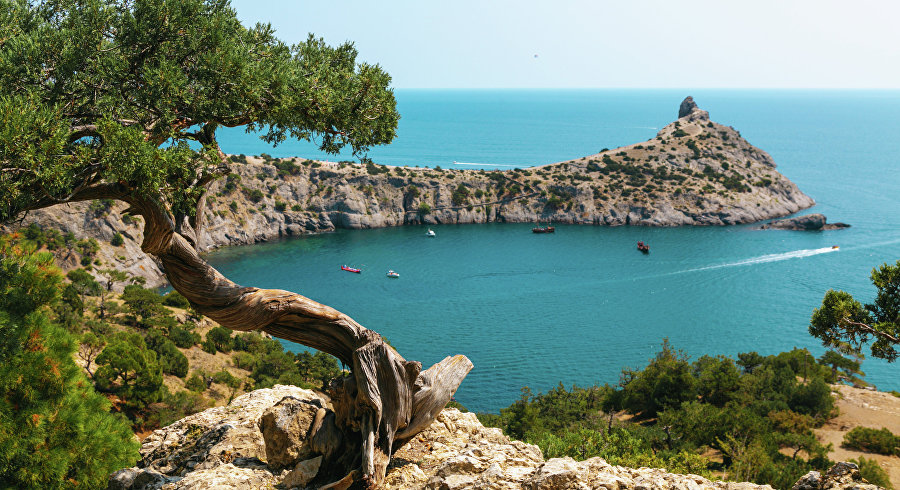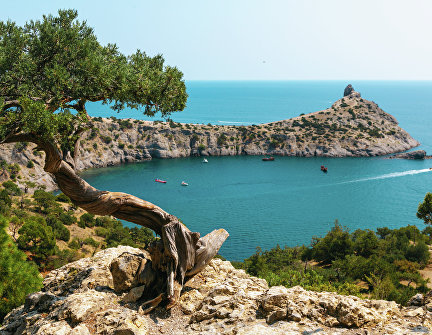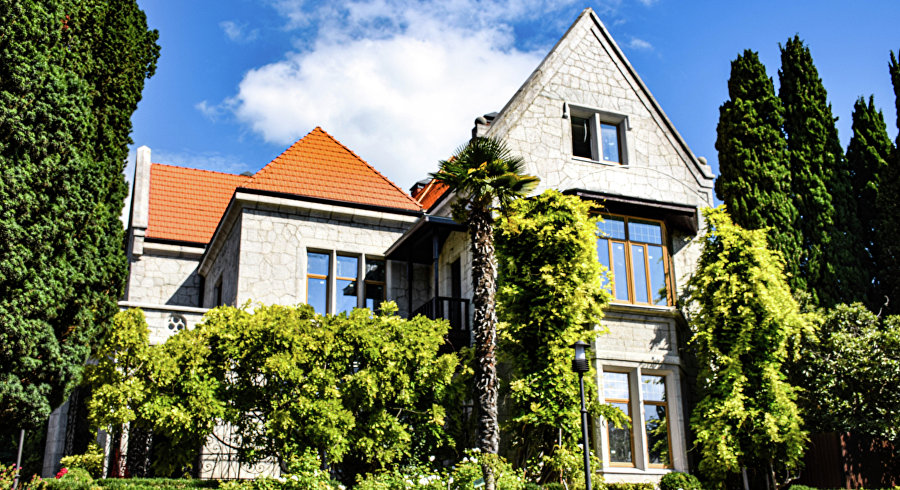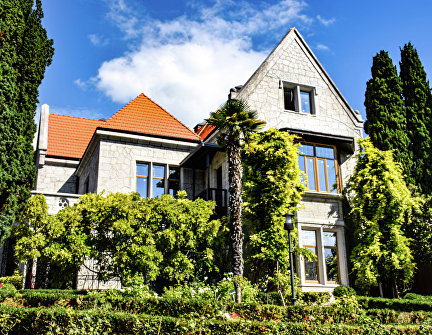In addition, it is a fantastic place for a holiday focused on healthy living, the leading trend of our time. Here patients can undergo rehabilitation after a serious illness or receive regular treatment for chronic disorders. Those who are healthy can take years off their age or lose weight: all of these goals can be achieved in Crimea.
History
Crimea has long been famous for the healing properties of its nature. As early as in the 5th century BC Greek historian Herodotus wrote about the use of mud for medical treatment in Taurica (Crimea's ancient name). Later it was muds that made Crimea a famous destination at the time when seaside holidays did not exist. Russia's first mud spa opened in Saki in 1828. During the Crimean War (1853-1856), mud was used to treat those who had injuries of the spinal cord at the proposal of an outstanding physician, Nikolai Pirogov. In the 1860s, Empress Maria Alexandrovna underwent treatment on the southern coast of Crimea. Europe's first centre for TB care opened in Yalta in 1899.
On 21st December 1920, the Council of People's Deputies of the RSFSR adopted a decree on the use of Crimea for medical treatment of the working people. Since then the peninsula began to develop as a national health centre. In 1936, the authorities make a decision to establish a local children's health resort in Yevpatoria. Today, the heritage of the Soviet era includes up-to-date health resorts, R&D and experienced personnel. All this has been used in full since Crimea's reunification with Russia. The new centres offer the most modern: wellness, anti-aging therapy and cosmetology.
Today, Crimea has about 120 health resorts and a vast number of different baths and medicinal water pavilions, as well as rehabilitation and wellness centres.
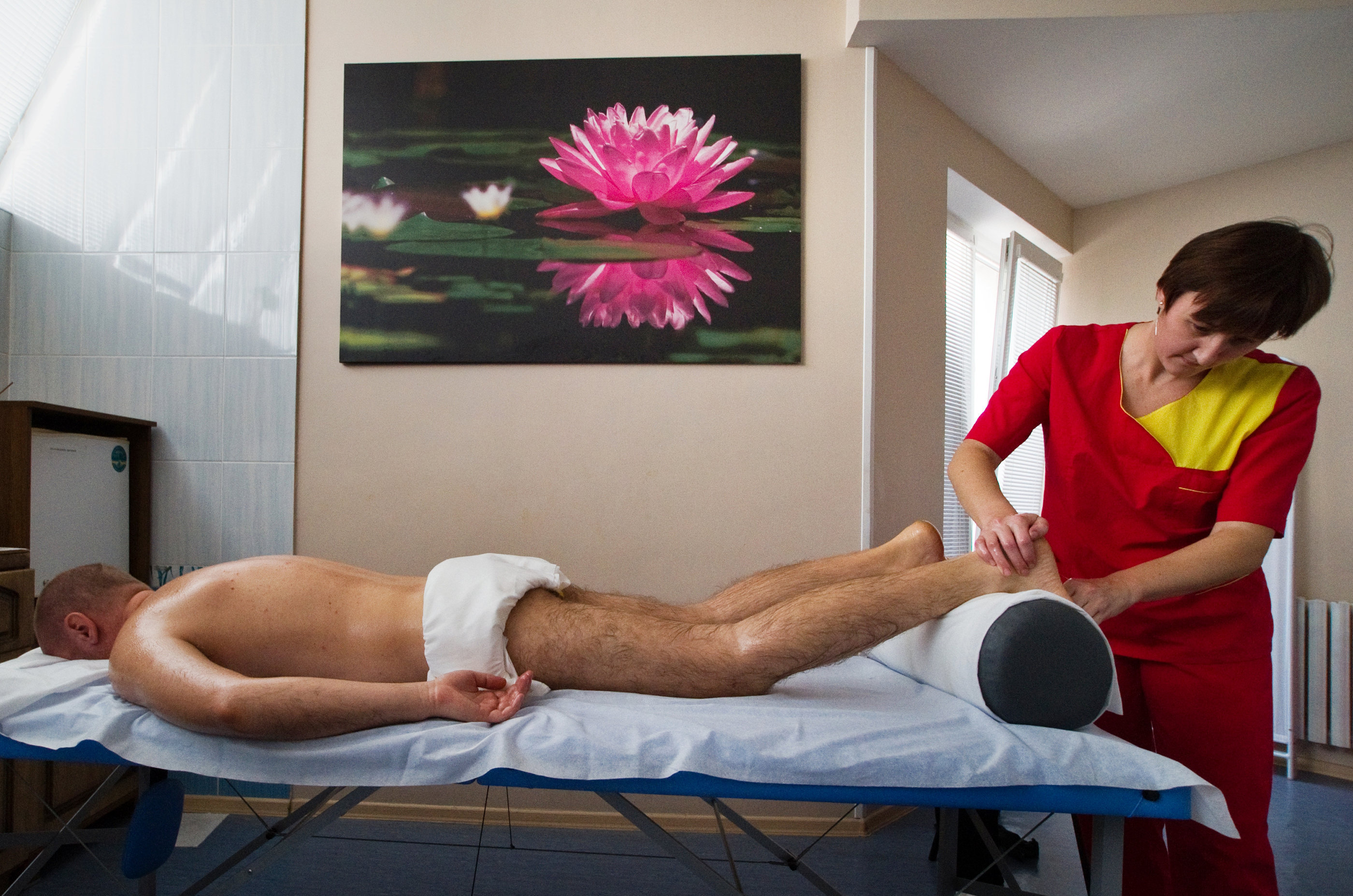
Mud
Crimea has 26 deposits of medicinal mud and high-mineral water from salt lakes of marine and mainland origin. The coastal lakes are the best known among the lakes with medicinal mud: Saki Lake (Saki spa), Moinak Lake (Yevpatoria spa) and Chokrak Lake (Feodosia). The Sivash Gulf is a natural balneological reserve with considerable amounts of salt water and precious mud. Crimean medicinal mud is used to treat patients with peripheral nerve disorders, gynaecological, skin and musculoskeletal disorders, including traumas and injuries.
Those who do not need serious treatment at health resorts can pamper themselves with mud masks for skin and hair and buy mud cosmetics to take home — a host of specialised companies produce these goods in Crimea. Crimean mud is used for cosmetic purposes in modern spa hotels.
Mineral water
Mineral water from dozens of springs is widely used for medical treatment. The most famous springs are located in Yevpatoria, Saki, Alushta, the Bakhchisarai district, Yalta and Feodosia.
Yevpatorian water is taken at the depth of 1,200 metres. It contains sodium, potassium, magnesium, calcium, chlorides, sulfates and hydrogen carbonates. Drinking it regularly can improve diseases of the kidneys and the digestive tract. Health resorts also use this water in baths.
One of Crimea's most popular spring water is from Saki. It is often sold as drinking water. Saki water is used at health resorts for treating stomach ulcers, gastritis and other diseases of the digestive tract, as well as to improve metabolism. Its general chemical composition and taste is similar to the famous Yessentuki No. 4.
Water from Adzhi-Su or the Black Spring is produced and used at the health resort of the same name at the foothills of Mount Ai-Petri. Black water helps cure rheumatism and radiculitis, joint pain, as well as eczema and trophic ulcers.
Air and sea
Nature itself is a healer on the southern coast of Crimea. Sea combined with the mild Mediterranean climate and pine forests is a major healing factor. Seawater is used at Crimean health resorts for baths, showers, rubdowns, and lavages.
Regular walks in the local groves and parks help with respiratory diseases. The main sources of healing phytoncides are pines, cedars and junipers. Traditionally, these trees abound in Greater Yalta and Novy Svet.
Crimea has dozens of health paths. Their routes are designed so that holidaymakers can breathe medicinal air, improve their cardio-vascular system and build up muscles. The most famous health path in Crimea is the Botkin Path, which starts from the Glade of Fairy Tales in Yalta. A walk along this path takes up to two hours.
Crimea also has a large number of medicinal herbs. Apart from undergoing treatments under the doctor's supervision, tourists can take home packages of thyme, marjoram, lavender, rosehips, sage, schisandra and stevia.
Modern health resorts and most of the large hotels also offer detox, weight loss and anti-aging programmes, cosmetic procedures and aesthetics. Salt chambers, unique baths, pressure therapy and balneology are popular with visitors. There are programmes for rehabilitation after plastic surgery and other operations.
